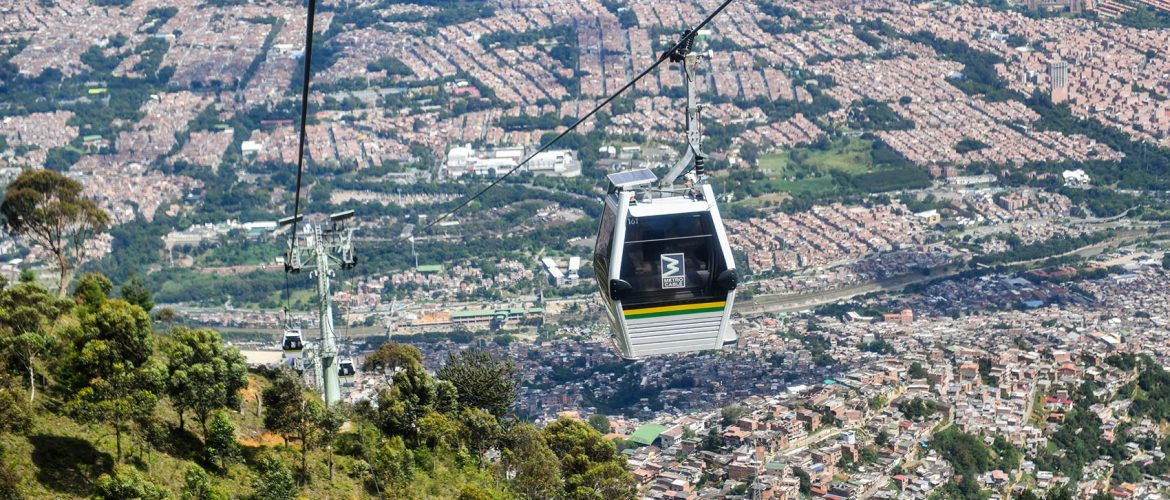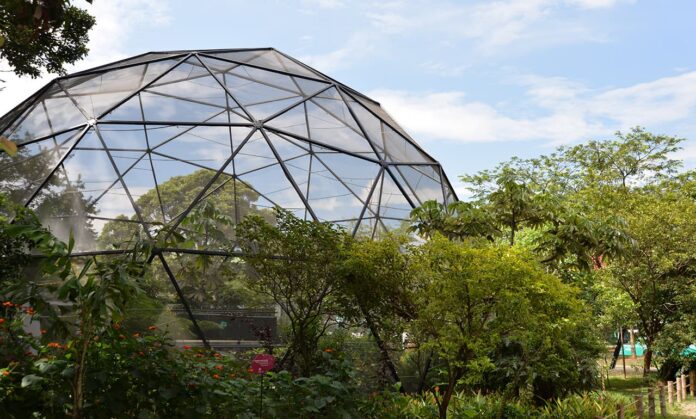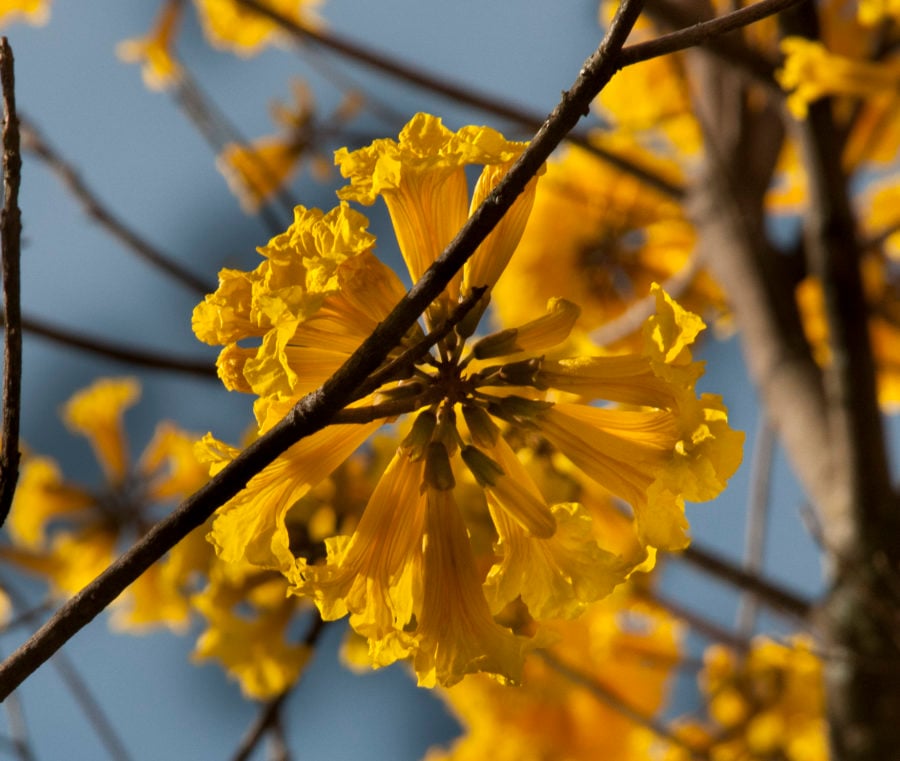TLDR? Medellín and its surroundings are home to different species of trees, giving the area a rich ecology.
Due to its geographical position, Colombia’s one of the countries with the greatest variety of fauna and flora in the world.
Even in the middle of Medellín, you can find different native trees.
In this guide, I’ll tell you more about the trees in this city!
Medellín and El Valle de Aburrá

Medellin’s part of what’s called the Valle de Aburrá.
The Valle de Aburrá is a subregion of metropolitan areas made up of several Antioquian municipalities. Among them are Envigado, Sabaneta, Itagüí, Barbosa, Girardota, Bello, Caldas, Copacabana, La Estrella and of course Medellín.
They’re a group of municipalities that, in addition to sharing different political and economic problems, also share all the wealth of fauna and flora in that region.
What Are the Native Trees of Colombia

In Colombia, no matter where you go, you can always see trees and green areas wherever you look.
This country’s home to more than 40,000 species of plants, making it one of the world’s lungs.
Colombia generally has a tropical climate, but you’ll find more than one biome in the country.
Among the best-known tree species are:
- El Cedro: It’s one of the most common trees that you can find in Colombia. Due to the quality of its wood, it’s also, unfortunately, one of the most sought-after in the furniture manufacturing industry.
- Orquídea flor de mayo: The orchid’s on this list because it’s the national flower of Colombia, and it usually grows on trees used as a support.
- Nogal: This type of tree’s found near the coffee-growing areas of the country and is one of the most reforested.
- Palma de Cera: This is one of the most protected species in Colombia. Due to religious beliefs, it was used for years as a bouquet to simulate the arrival of Jesus in Jerusalem.
What Trees You Can Find in Medellin

Perhaps you’ve traveled all of Medellín without realizing you’ve met more than 800 species of trees throughout the city. Medellín has native plants such as Zamia, preserved for thousands of years despite climate changes.
A place where you can find these plants and learn about ecology and botany is the Botanical Garden, a beautiful place in the city dedicated to taking care of the environment and sharing knowledge and information.
Another place where you can take a tour in the middle of the forest is Parque Arví, a reserve where you’ll find different types of plants, flowers, and trees.
With the help of these places, Medellín usually dedicates itself to planting and replacing trees that already represent a risk to the community.
The most common trees you can find in Medellin are:
- Samanes
- Cedros
- Carbonero
- Cariseco, manzano del monte
- Comino
- Florisanto
You can find these and many more in parks, the middle of the city, the hills, and its corregimientos, or simply giving shade to a building.
Native Trees of the Valle de Aburrá

The Valle de Aburrá also has its native species between the urban and the rural. These trees not only add beauty to streets and green areas but are often home to many species of animals.
The most common found in the Valle are:
- Ceiba: A huge tree that can reach up to 164 feet (50m), and its main feature is that it has a kind of pointed thorn on its trunk.
- Casco de vaca: With a rather peculiar name, this tree usually blooms in cow-hoove-shaped leaves.
- Guayacán Amarillo: It’s beautiful to see this tree periodically bloom with striking yellow flowers.
- Pisquín: It’s one of the most common trees. You can recognize it because its white flower has open bristles similar to the shape of a dandelion.
- Nogal: It may seem familiar to you due to the number of buildings in Medellín with this name. You can find this type of tree on the edge of a platform full of white flowers.
- Ébano: Another easy tree to find in urban areas. As the Guayacán, Ébano usually gives yellow flowers. However, when they bloom, there tend to be more green leaves than flowers.
Learn About the Ecology of Medellin
Now you have one more excuse to continue visiting Medellín and its surroundings!
The ecology in Colombia and Antioquia is one of the things that you should admire the most. It’ll always be a pleasure to see the city full of nature, and to visit forests so close to the buildings without traveling very far.
If you like this blog, you might like the Casacol Instagram page to keep up with all the new articles. Anything we need to update or correct? Care to contribute? Email us at blog@casacol.co.







